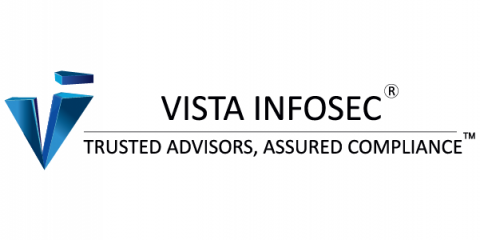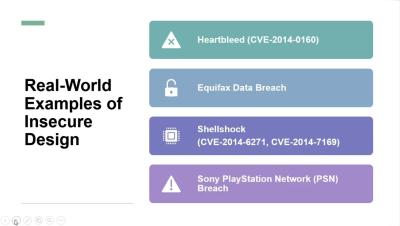PCI DSS Requirement 9 - Changes from v3.2.1 to v4.0 Explained
In the ever-evolving landscape of data security, staying updated with the latest standards and regulations is crucial. The Payment Card Industry Data Security Standard (PCI DSS) is no exception. With the recent release of PCI DSS v4.0, there have been significant updates and changes that organizations need to be aware of. This blog post will delve into one such critical area – Requirement 9: Restrict Physical Access to Cardholder Data.







